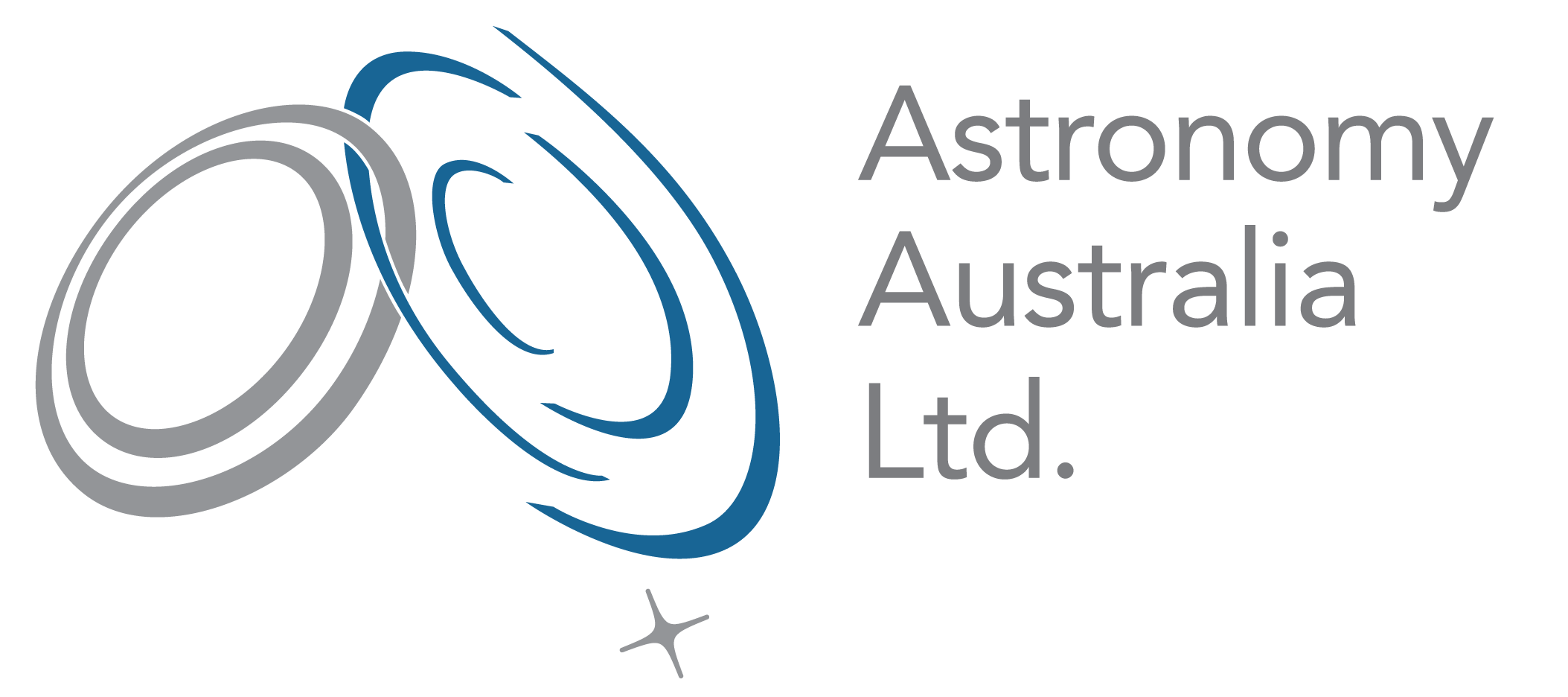ADACS support integral to LSST data rights agreement
The NSF Vera C. Rubin Observatory has engaged ADACS to enhance its science platform software which will help it process the enormous amount of data to come from the “Legacy Survey of Space and Time” (LSST). This ten-year survey, expected to start in 2025, will map the entire southern sky every few nights using a specially designed 8.4 m diameter telescope with an extremely wide field of view (3.5 degrees).
This arrangement came about as part of data rights agreement allowing Australian astronomers long-term rapid access to observations from the LSST. A team of expert software engineers based at ADACS nodes at Macquarie University in Sydney and Swinburne University of Technology in Melbourne will provide vital software for Rubin Observatory, together with storage and processing power for an Australian-based LSST Independent Data Access Centre (IDAC). The agreement with ADACS will also enable the production of data catalogues, which will be made available to astronomers for analysis. It is estimated that the LSST will gather approximately 20 terabytes of raw data every night during its ten-year survey and process it in near real time.
See more on this story by clicking this link.
ADACS improves speed and useability of astrophysical simulation code
ADACS has significantly improved the speed, efficiency, and management of a sophisticated astrophysical simulation code, known as HORMONE.
HORMONE was developed to simulate astrophysical systems, particularly the behavior of gases and liquids in space. Created by lead researcher Dr Ryosuke Hirai from Monash University, this code uses a key factor called ‘self-gravity’ which takes into account the gravitational force exerted by an astrophysical system on itself.
Self-gravity often becomes a bottleneck for computational efficiency due to the nature of the equations involved, so Dr Hirai implemented a novel self-gravity solver (Hirai et al. 2016) which significantly enhances computational efficiency.
While an excellent solution, HORMONE could still only run on a single computer, limiting its ability to handle complex simulations. For example, a 3D simulation of a cosmic merger would have taken nearly a year on a standard setup. To overcome this, the ADACS team adapted the HORMONE code so it could use multiple computers, greatly speeding up the process. Now, simulations that used to take a year can be completed in a month, and the software can handle more detailed and larger-scale problems. This has led to new collaborations with students in Australia and the US on projects using HORMONE. See more about this project on the ADACS website.

